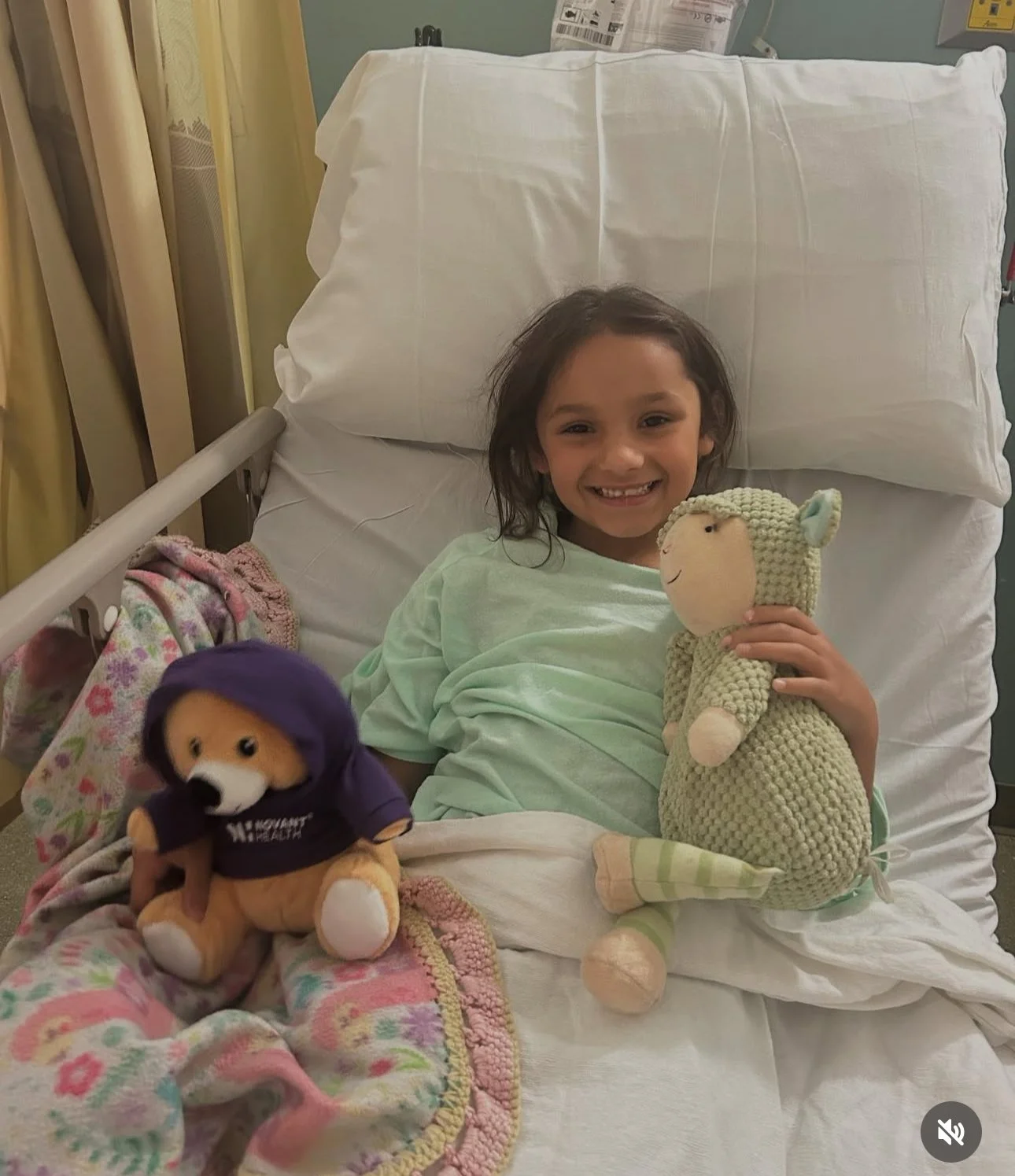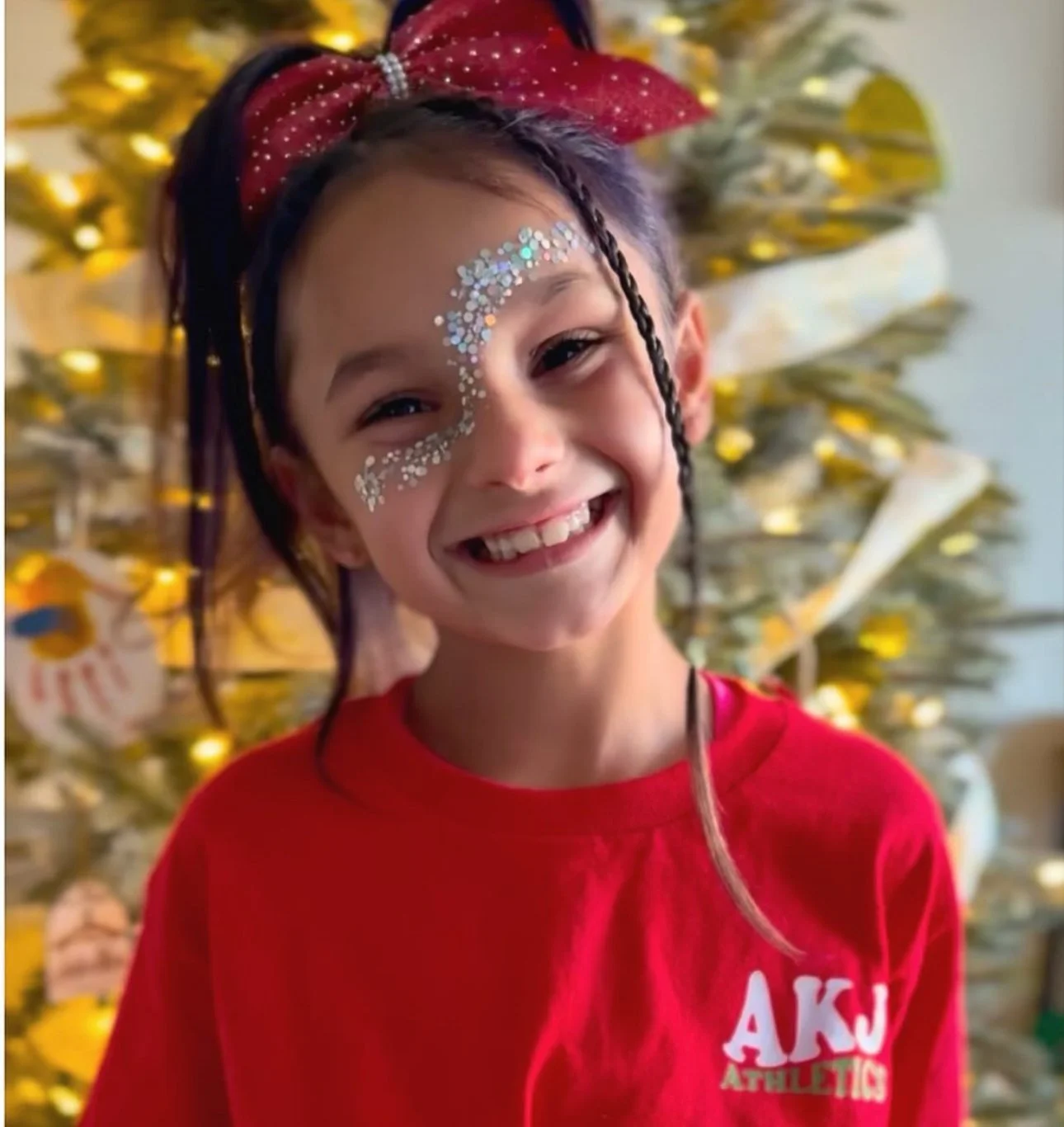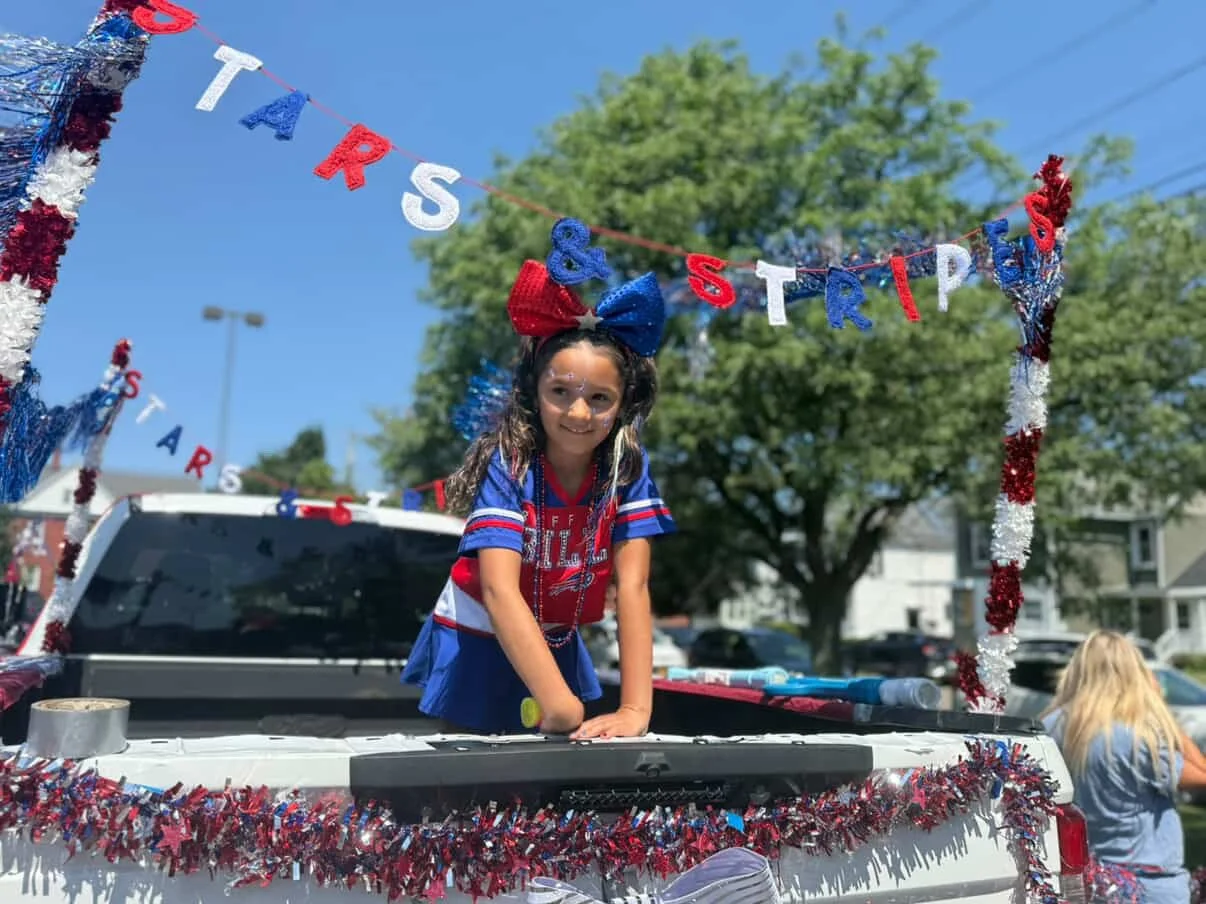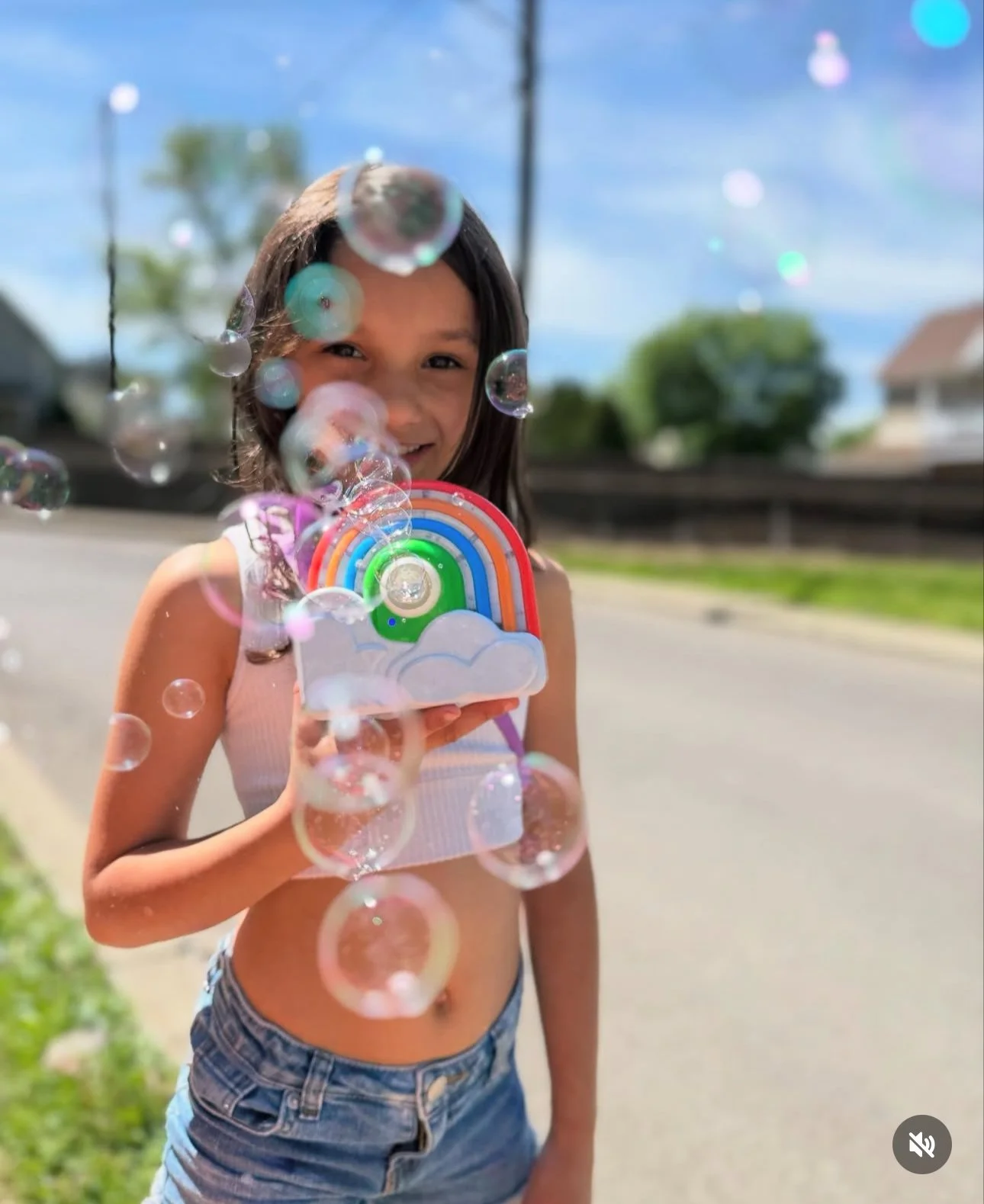The Heart of a Cheerleader: Liv’s Journey with LQTS2
At just eight years old, Olivia Rey is already learning to navigate life with strength—and a whole lot of sparkle.
She has Long QT Syndrome Type 2 (LQTS2), a rare and potentially serious heart rhythm condition. But Liv isn’t about to let it slow her down.
LQTS runs in Olivia’s family. Her mom, Brittany, discovered she carried the KCNH2 gene mutation as a teenager after experiencing a cardiac scare during dental surgery. Years later, when Olivia’s baby brother faced multiple health issues in his first 18 months, his medical team ran genetic tests and uncovered the same mutation. That discovery prompted testing for Olivia and her younger brother.
Olivia was just seven when she was found to be symptomatic—unlike her brothers—during a routine pre-operative clearance for another dental procedure. From that moment, her care team put a plan in place to keep her both safe and thriving.
Today, Olivia takes a beta blocker twice a day and uses a daily maintenance inhaler to manage her asthma—especially important because many asthma medications, particularly rescue inhalers, can worsen QT prolongation. Her family also prioritizes hydration, especially when Olivia is outdoors or practicing cheerleading, and works hard to avoid illness. A tough bout of the flu before her diagnosis had left her severely dehydrated and underweight, so they now take every precaution to stay ahead of any potential illness.
Still, none of that has dimmed her fire.
Olivia is a proud all-star cheerleader, practicing and performing with passion. Her coaches understand her needs: she takes breaks when needed, stays hydrated with an electrolyte drink, and wears a medical ID at all times. Her family works closely with her gym to ensure her safety—Brittany even helped secure an on-site AED (automated external defibrillator) and ensures that coaches, staff, and volunteers are CPR certified.
Brittany herself played sports in high school and college and also served in the U.S. Army, but says she takes precautions for Liv that she never even considered for herself. “There’s just so much more information available now than there was 17 years ago,” she says. That access to up-to-date medical insight and a growing awareness of LQTS helps guide their care decisions today.
As for Olivia, she has no plans to stop doing what she loves.
Cheer is her passion, and she’s committed to it for as long as her cardiology team gives her the green light.
“My coaches let me rest when I need to, even if the others don’t get breaks,” Olivia shares. “Most people wouldn’t even know I have something going on—and that’s kind of cool, but kind of scary.”
Her family is even exploring the idea of a service dog to offer an extra layer of support, especially during travel for competitions.
With a bright smile, Olivia shares her message:
“You can have this disease, but it doesn’t have to have you. Do what you love. Be a kid. Be adventurous. And speak up for yourself.”
LQTS may be part of Olivia’s story—but it doesn’t define her. With education, support, and a bit of sparkle, she’s showing the world that living with Long QT Syndrome doesn’t mean giving up on your dreams.
Paving the Way for the Future
Thryv Therapeutics is launching myQTWave—a non-interventional, observational study designed to better understand the lived experiences of people with Long QT Syndrome, particularly Types 2 and 3. The study will gather real-world insights from patients and families to inform future treatments and ensure that the patient voice stays at the heart of innovation. Participant recruitment is planned to begin in early Fall 2025. More information will be shared soon.
To learn more about Long QT Syndrome, visit The SADS Foundation website at: www.sads.org.
Author: David Hutton.





